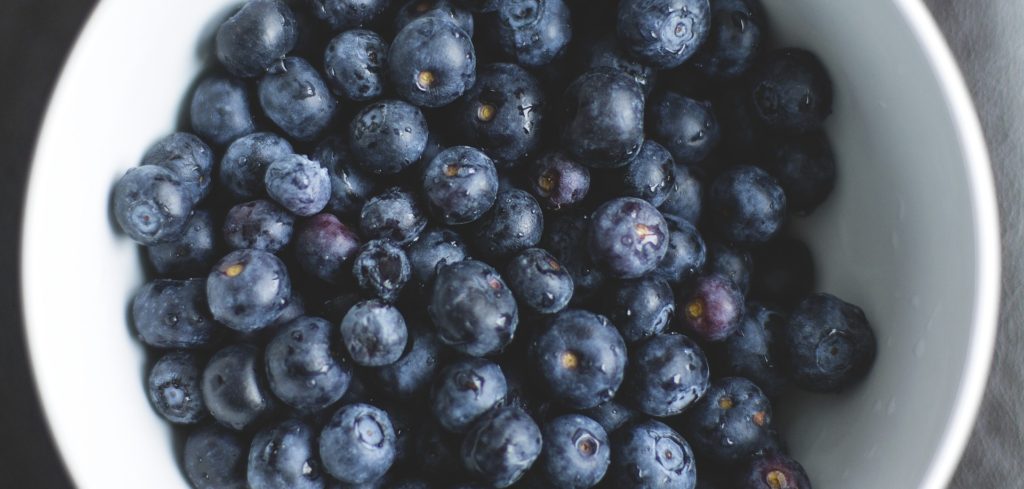Blueberry Hard Cider

Blueberry is a great flavor addition to standard hard apple cider. Frozen and canned blueberries in juice (which can be used in place of or in addition to whole blueberries) are generally available year-round in major grocery stores.
This blueberry cider recipe assumes you know the basics of making your own hard cider. If you don’t (or want a refresher), review the guide to making hard cider.
The goal of this recipe is the make a still, dry cider with a noticeable blueberry taste giving it a tart finish.
Looking for a different recipe? Head over to the hard cider recipes.

What do you need?
Ingredients
Added to primary:
- 5 gallons apple juice/cider
- 4 pounds fresh or frozen blueberries
- 1.5 cups dried cranberries
- 1 can apple juice concentrate
- 1 packet Lalvin 71B-1122 yeast
Ingredients added to secondary:
- 5 pounds fresh or frozen blueberries
- 62 oz of pure blueberry juice
- (optional) Artificial blueberry flavoring
Equipment
- 6.5-gallon fermentation bucket
- 5-gallon glass carboy
- Standard equipment listed on equipment page to rack and bottle
Primary Fermentation
Prior to the start of the fermentation process, freeze and thaw the blueberries several times to break down the cell walls, which will help to release the juice.
Primary fermentation is pretty standard. After sanitizing your equipment, combine the juice/cider, blueberries, dried cranberries, and concentrate into a large (6+ gallon) fermentation bucket. Next pitch the yeast and attach an airlock or blow-off tube. Be sure you have plenty of free head space (room between the liquid and top), as the blueberries will swell and float to the top.
During primary fermentation, be sure to open the bucket every few days to “punch the cap”. This involves breaking up the mass of fruit that will be floating at the top. Simply stir it into the liquid and make sure it remains wet throughout fermentation.
Secondary Fermentation
After primary fermentation is complete, secondary fermentation can begin. Start by adding 5 pounds of fresh or frozen blueberries and 62-ounces of blueberry juice to a 5-gallon carboy or fermentation bucket.
If you are using fresh blueberries you need to sanitize them. Crush one campden tablet and dissolve in 1/4 cup boiling water and pour over the fruit. Cover and let sit for 24 hours before using the fruit and juice. Then add to carboy or fermentation bucket.
If you are using frozen blueberries, freeze and thaw them several times to prepare them to release their juices and add to a 5-gallon carboy or fermentation bucket.
Next, rack the cider into the container over the fruit (again, making sure you have excess free head space). Attach an airlock.
You should leave it in secondary fermentation for between 1 and 3 months, making sure it’s done fermenting at a minimum. When you are ready, rack it into sanitized bottles and continue conditioning. Drink when ready! I hope you enjoy this blueberry hard cider recipe!
(Optional) Add Sweetness and Carbonation
When you’ve waited as long as you can stand, open the carboy and taste your blueberry hard cider.
- If you still want more blueberry flavor, you can add artificial blueberry flavoring. It’s potent stuff, so be careful and add it a little at a time, tasting often.
- If you want it sweet, mix in 3 Tbs sugar substitute per gallon prior to bottling. See the page on hard cider sugar substitutes for more information.
- If you want it carbonated, add priming sugar prior to bottling (1/4 cup apple juice concentrate or 1/8 cup brown or white sugar per gallon).
When you are ready, pour or siphon into sanitized bottles, cap, and continue conditioning for a minimum of 2 weeks. Drink when ready! Enjoy!
